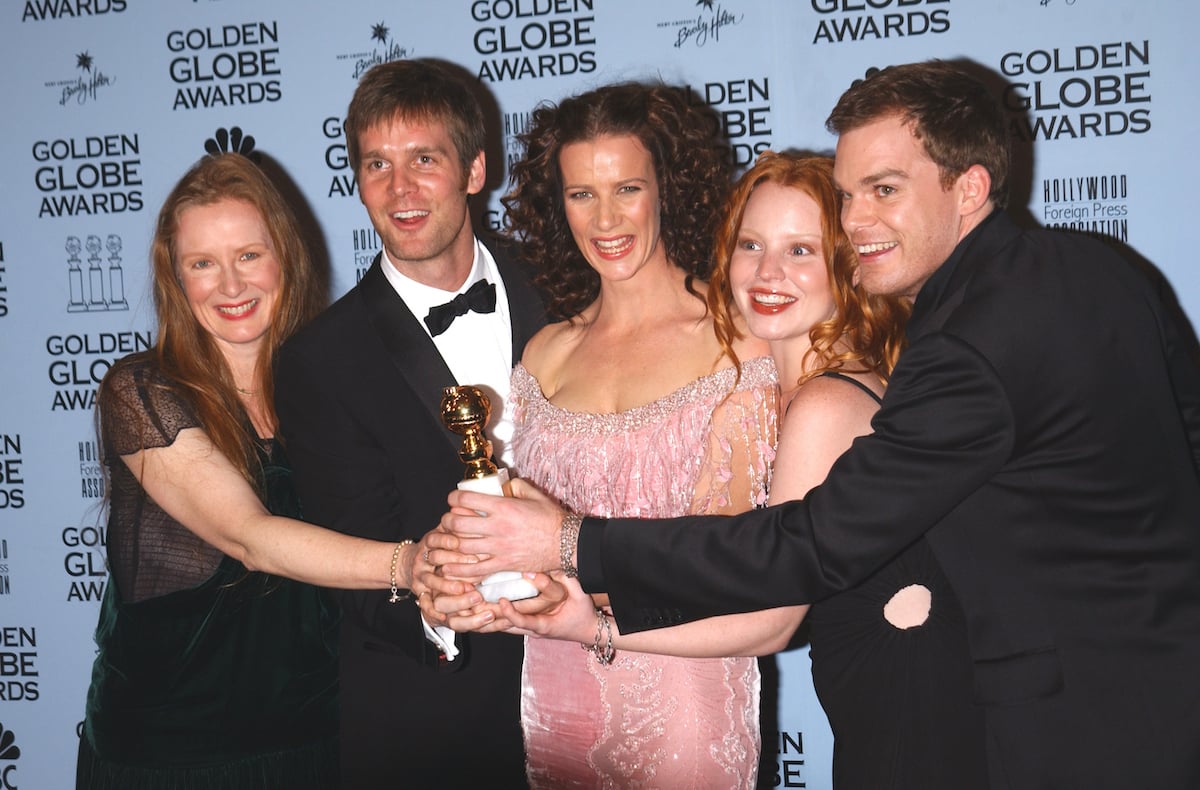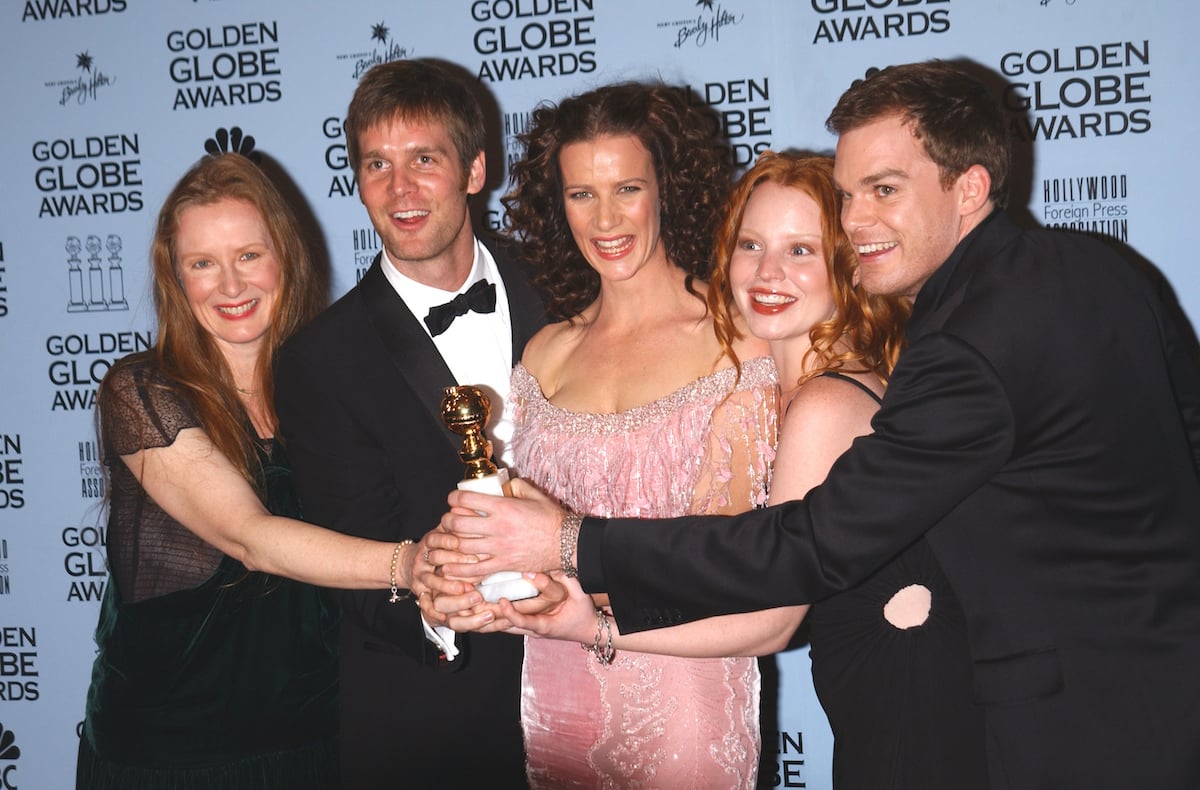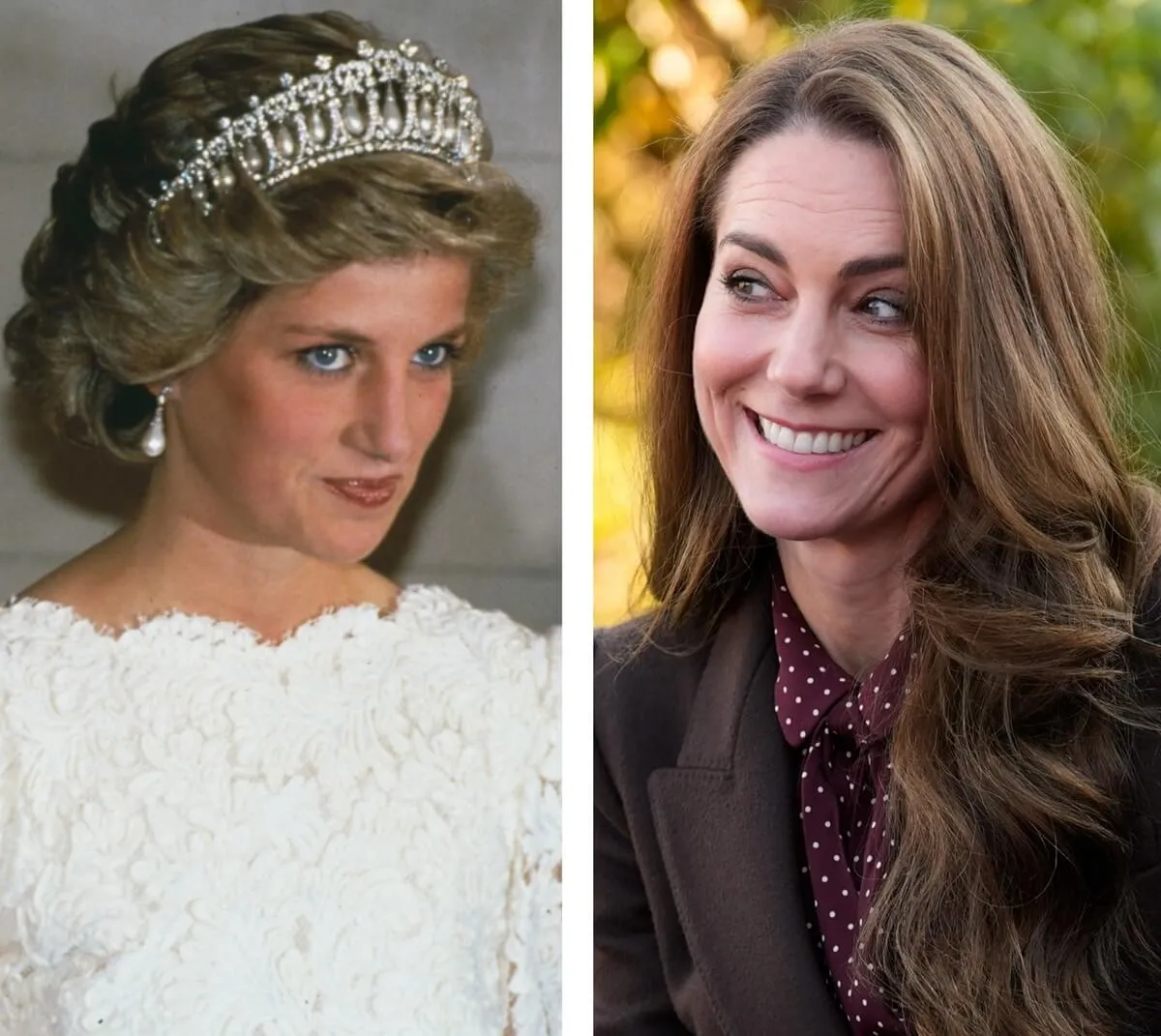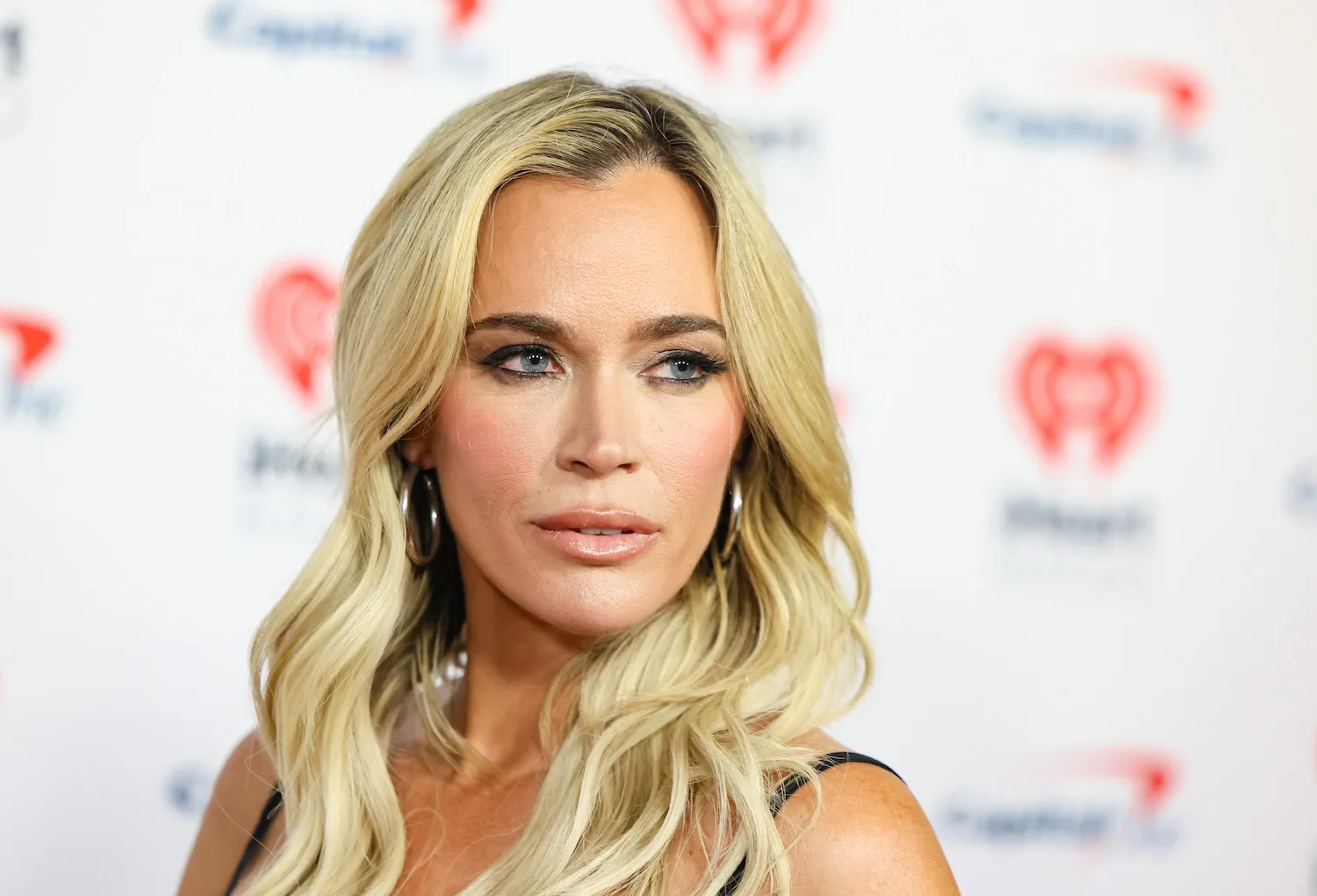
How ‘Six Feet Under’ Turned Around Its Ratings After a ‘Perpetually Glum’ and ‘Depressing’ Season 4, According to Rotten Tomatoes
Long before Michael C. Hall became a maniacal vigilante serial killer, he appeared on the HBO show, Six Feet Under. The series broke barriers and showcased the first realistic portrayal of a gay married couple. Six Feet Under received acclaim throughout its five-season run but experienced a few bumps along the way.
The show’s ratings dropped during its fourth season but picked up for its final season. Here’s how Six Feet Under turned around its ratings after a “perpetually glum” and “depressing” Season 4.
‘Six Feet Under’ focused on a family surrounded by death
Six Feet Under follows the Fisher family as they run a morgue. The story begins with the Fisher patriarch dying unexpectedly and leaving the morgue business to his family. The family was always surrounded by death, either through their clients or family and friends.
Depicted as a conventional family drama, its characters deal with dysfunction among family members, interpersonal relationships, infidelity, and growth. At the same time, Six Feet Under stood apart from many shows at the time as it focused mainly on death.
Every episode begins with a death. Causes range from murder, heart attack, and accidental death, setting the tone for the rest of each episode. The episode’s death would also feature in the characters’ personal lives as it reflected the family’s misfortunes.
One recurring plot device involved characters having imaginary conversations with the deceased — a trope that showrunner Alan Ball said represented the characters’ internal dialogues expressed in the form of their external discussions.
The show starred Peter Krause as Nate, Hall as David, Frances Conroy as their mother Ruth, and Lauren Ambrose as their sister Claire. Richard Jenkins played the family’s patriarch.
The first three seasons of ‘Six Feet Under’ were critically acclaimed

Six Feet Under appealed to audiences for several reasons, including its use of comedy to brighten up an already grim storyline. Rotten Tomatoes gave the show’s first season an impressive 90% score. The critical consensus was that the show’s unusual setting gave for the “perfect backdrop for the macabre meditations on mortality made by its brilliant, brooding cast.”
The sophomore season did relatively well, scoring a 79% rating. Critics felt the season didn’t hold a candle to the first, but the cast made it enticing to watch. Things picked up in the third season with another brilliant rating.
The site gave Six Feet Under‘s third season a 90% score. Critics praised the show for dialing down on the comedy and focusing heavily on the dark storyline. Its fourth season, however, was the lowest-rated with a mere 50% score. Many critics felt the Season 4 storyline had become contrived and wasn’t as compelling.
How ‘Six Feet Under’ recovered from poor ratings in its fifth and final season
Six Feet Under wrapped up in August 2005. The show ended after only five seasons, with every Fisher family member fittingly dying. Claire was the last member to die at 101 years in 2085. According to Mental Floss, the ending was a staffer’s idea. The showrunner thought it was a fitting goodbye given the storyline.
That minor detail happened to save the series. While the fourth season ranked lower than the others before, the fifth season received the highest rating, inching closer to a 100% score.
Rotten Tomatoes gave the series’ fifth season a 97% score. The consensus: “Six Feet Under offers a fitting end for the Fishers by concluding the way it began. An unexpectedly beautiful rumination on life, death and grief.”


